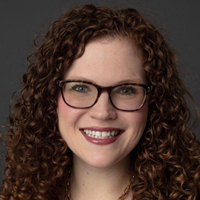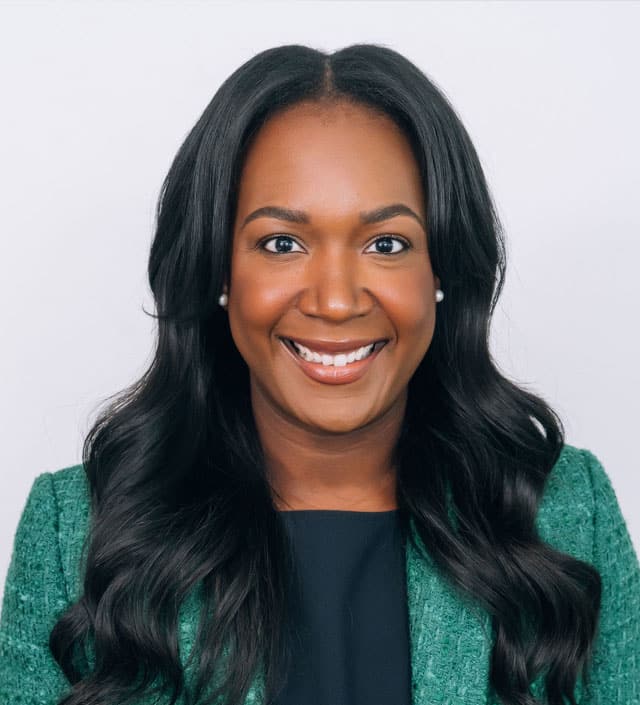
Once clients attain a certain wealth level, the idea of budgeting is no longer relevant. That being said, clients with more than enough money to support their lifestyle should have good understanding of the amount they spend annually to help streamline decisions in other areas, like leaving a legacy for their family.
And the reason is this: mental accounting. Whether we like it or not, the human brain values money differently depending on the source or use of that money. For example, $10,000 in casino winnings just feels different than a $10,000 pay raise; $10,000 earmarked for gifts feels different than the same amount targeted for home maintenance. Not surprisingly, we spend casino winnings more carelessly than salary; we buy gifts more joyfully than we pay bills.
In other words, we categorize our money and make mental accounts. This may not be entirely rational, but it’s quite useful. It prevents us from getting overwhelmed and, if done intentionally, allows us to pursue multiple financial goals with efficiency and focus.
For example, if the down payment for a lake house is separate from the money earmarked for retirement, and still separate from our grandchildren’s education fund, we can focus on decisions within each account as they arise, instead of worrying about the whole of a client’s wealth.
Subscribe (Minimal 2024)
Understanding annual cash flow needs is the first step in defining a client’s lifestyle “bucket” in order to set aside resources and invest them appropriately to meet spending needs over the course of their lifetimes.
Here’s how you can help your clients be intentional in setting up a lifestyle bucket for their financial life — starting with a framework to provide a foundation; questions to explore; and finally, other strategies and decisions that might be relevant for this bucket.
Components of a Lifestyle Bucket
The purpose of a lifestyle bucket is to help provide a strong foundation for financial security. If, for example, a client was faced with a large loss of capital in a business or concentrated investment, or suddenly became unable to work, they would have money set aside to allow for a comfortable life.
So what actually makes up lifestyle spending? These three categories can help you identify your client’s lifestyle needs:
Spending for yourself. Food, clothes, home maintenance, travel, ongoing large purchases — the nuts and bolts of daily life.
Spending for your family. Gifts to family members, tuition for children and/or grandchildren, wedding expenses, upkeep of the family’s summer home.
Spending for your community. Community-minded gifts such as donations to an alma mater or religious organization, or other charitable commitments and philanthropic bequests.
Questions to Ask Your Clients
Here are some questions you can explore with your clients to arrive at the specific goals within each lifestyle spending group.
Spending for yourself. How much cash do you need for essential and discretionary expenses? Is an expense truly discretionary, or do you really consider it as non-negotiable for your family? Do you have a buffer included for the “one-time” expense that typically pops up on an ongoing basis? (We all seem to have this one; it might be a new car one year, home renovations the next, etc.) Do you anticipate any significant changes to your lifestyle needs over time? How certain do you want to be that you can provide for these expenses?
Spending for your family. Are there any goals related to family members or loved ones that you view as effectively part of your lifestyle needs? Children’s or grandchildren’s education costs? Healthcare expenses for an aging parent or adult child with special needs? When will these outlays start and how long will they last? Are you willing to adjust any of these goals, either in dollar amount or duration?
Spending for your community. Do you have any ongoing charitable giving that you consider part of your lifestyle? This might include gifts to your religious organization or alma mater, or a cause or philanthropic organization that is important to you. When will these gifts start and how long will they last? Will the giving amount be constant or will it change over time?
Now let’s get specific. Here’s an example of how this could play out.
A 62-year-old couple is planning on retiring in the next couple of years. They have $10 million in investable assets, which get spent in the following ways:
Personal spending: $155,000 on food/dining, home carrying costs, travel, etc.
Gifts to family: $30,000 on annual gifting to their two adult children ($15k each)
Gifts to community: $15,000 annually to their church and alma mater
Annual spending: $200,000
Their only sources of non-portfolio income will be $45,000 of Social Security benefits. Using financial modeling, you quantify that their lifestyle bucket should be $6 million. This will fund all of their lifestyle expenses with a high degree of confidence for the rest of their lives.
That leaves $4 million that can be dedicated to new goals, potentially ones focused on the legacy they want to leave for their adult children, additional charitable giving they want to do during their lifetime, or increased lifestyle expenses that they hadn’t thought they could swing (more travel, for example).
The true benefit of quantifying a client’s lifestyle bucket and segregating those assets from other assets is that it can set the client up for better behavior and more efficiency. For example, when there are bouts of market volatility, if a client is able to mentally (or literally) separate the assets they need for their own spending from ones that are earmarked for the next generation 30 years from now (that might be invested more aggressively), it can help avoid rash selling decisions.
Furthermore, if you have a client whose lifestyle goals are significantly overfunded, they have a significant chance of being under-risked. For instance, a client with $50 million who only needs $10 million for lifestyle goals could potentially be 80% in equities (all stock for $40 million earmarked for their adult children in 30 years and all bonds for their $10 million lifestyle bucket) instead of applying a more moderate 50/50 allocation across the board.
Time Horizon and Risk Tolerance
Once you have created your client’s lifestyle bucket, it’s time to help them make some decisions. There are several strategies, both investment and planning oriented, that may make sense.
The time horizon (when the resources are needed and how long they need to last) and your client’s risk tolerance will determine which strategies make the most sense.
For instance, if there’s a long time horizon, taking measured, appropriate investment risk likely makes sense. But if your client will need large portions of the lifestyle bucket in the near future, dialing down that risk and becoming more income focused may be a critical consideration.
Be mindful of the account types that you consider as part of this bucket. Most clients have a blend of accounts that have different tax treatments and degrees of access (personal accounts versus retirement accounts versus trusts, etc.). You want to make sure your client can access the resources aligned with these goals when they need them and do so without adverse tax consequences.
Furthermore, if your client has assets that are both in their estate and out of their estate, filling up their lifestyle bucket with assets still subject to transfer tax can be a wise move — much better to spend those down while leaving the assets that are already off the balance sheet intact.
Finally, follow these steps to keep track of your client’s lifestyle bucket and avoid potential disruptions.
First, consider how often you’d like to review your client’s lifestyle bucket — and determine how you’ll assess if the amount set aside needs to be adjusted (up or down) as their priorities shift and life evolves. Second, if your client is still earning income and their lifestyle relies on that income, consider taking out a life insurance policy. Lastly, for spending related to family members, contemplate how you can help your client communicate those decisions, before allocating resources, to ensure a sense of procedural fairness (an education spending policy, for example).
Additional Reading: Go-go? Slo-go? No go? Prepare Clients from the Get-go!
The process can be enlightening.
Going through the process of articulating one’s lifestyle bucket can be enlightening.
Maybe your client discovers they’re spending too much or too little relative to their wealth level. Maybe their plan is essentially sound, but needs just a little tinkering.
Keep your eye on the ultimate goal: Make sure your clients have allocated enough money to their lifestyle bucket and are investing it appropriately — and in the optimal account types to meet their family’s lifetime spending needs —so that they can move forward confidently in all aspects of their financial life.
Amanda Lott is the head of Goals-Based Planning for J.P. Morgan Private Bank. In this high-impact role, she drives the firm’s training, content and strategic approach to help clients articulate their most meaningful intentions and align their resources to these priorities. Connect with Amanda here.







